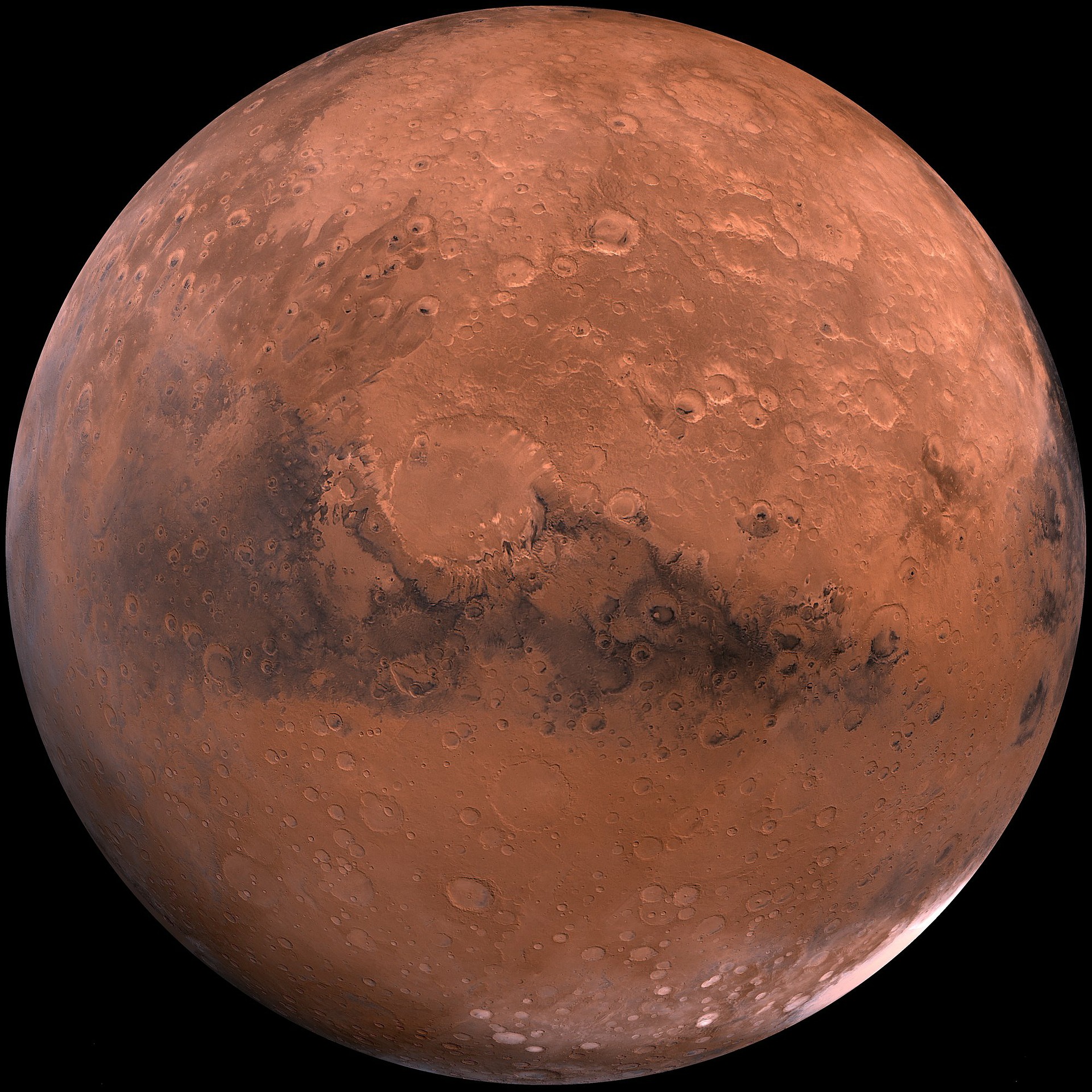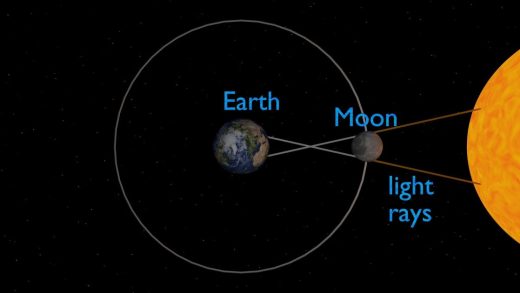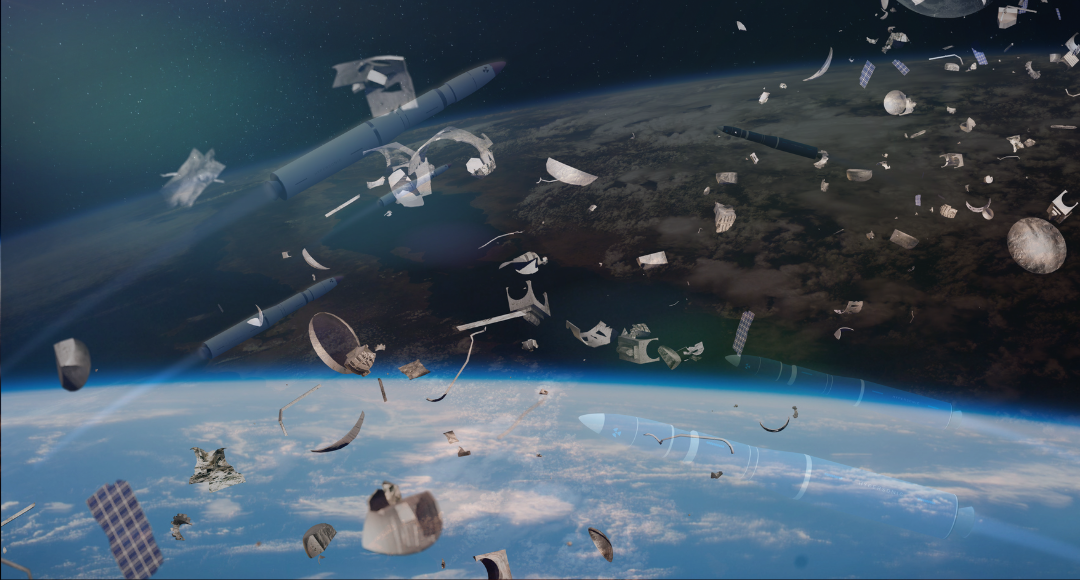Astrobiologist Dirk Schulze-Makuch claims NASA unknowingly found and killed Martian life half a century ago

“During our talks and the discussions that followed, I dropped a suggestion that some people surely will find provocative: that we already did find life on Mars nearly 50 years ago – but that we inadvertently killed it.“
– Dirk Schulze-Makuch
A scientist has accused NASA of unintentionally discovering and then potentially eradicating Martian life nearly 50 years ago. Dirk Schulze-Makuch, an astrobiologist at Technical University Berlin, has suggested that the Viking landers, which landed on the Red Planet in 1976, may have encountered microorganisms within Martian rocks.
The professor at the Technical University Berlin, Germany, and an Adjunct Professor at Arizona State University and Washington State University, has suggested suggested in a June 27 article for Big Think that the tests carried out by the landers might have been too harsh, inadvertently wiping out these potential life forms before we could fully grasp what they were.
“At the time of those landings, scientists had very little understanding of the Martian environment. Since Earth is a water planet, it seemed reasonable that adding water might coax life to show itself in the extremely dry Martian environment,” Schulze-Makuch wrote.
Schulze-Makuch, a person who has published eight books and nearly 200 scientific papers related to astrobiology and planetary habitability has dragged the astronomical as well as scientific experiments into question and refueled the long-existing controversial debate on aliens. While some view his theory as provocative, the existence of extremophiles on Earth, capable of surviving in harsh environments like the Martian surface, lends credence to his argument.
“This is a suggestion that some people surely will find provocative,” Schulze-Makuch said. But similar microbes do live on Earth and could hypothetically live on the Red Planet, so they can’t be discounted, he added.
The Viking landers conducted four critical experiments, yielding conflicting results that have puzzled scientists for many years. The labeled release and pyrolytic release experiments suggested the possibility of metabolic processes, while the gas chromatograph mass spectrometer detected chlorinated organic compounds (later proven to exist naturally on Mars). However, the gas exchange experiment produced negative results, leading many to conclude that Martian life was absent.
The adjunct professor at the School of Earth and Environmental Sciences Washington State University, Pullman, WA, has suggested that the Viking experiments’ excessive use of water could have distorted the results. In extremely dry environments on Earth, microbes thrive within hygroscopic rocks, which draw in minimal moisture from the air. Mars possesses similar rocks and some humidity, potentially sustaining similar microbes. Yet, an excess of water can be deadly to these organisms, as demonstrated by a study in Chile’s Atacama Desert, where extreme floods killed indigenous microbes.
Alberto Fairén, an astrobiologist at Cornell University and co-author of the 2018 study, told Live Science in an email that he “totally agrees” that he supports Schulze-Makuch’s hypothesis as adding water to the Viking experiments could have killed potential hygroscopic microbes and given rise to Viking’s contradictory results.
But Schulze-Makuch’s claim is not entirely new as, in 2018, another group of researchers had proposed that when soil samples were heated up, an unexpected chemical reaction could have burned and killed any microbes living in the samples. This group claimed that this could also explain some of the puzzling results from the experiments.
Anyway, Schulze-Makuch’s claim has reignited the debate surrounding the Viking experiments and their implications for potential Martian life. Some scientists, like Chris McKay, an astrobiologist at NASA’s Ames Research Center in California, remain unconvinced, arguing that there is no need to invoke new forms of life to explain the Viking results.
According to Chris McKay, the prevailing scientific consensus holds that the gases found in the original Viking results can be satisfactorily accounted for by the presence of perchlorate and its byproducts. This conclusion effectively addresses what has been referred to as the “Viking dilemma.”
However, as Live Science reported McKay as saying through an email, scientists who continue to chip away at the landers’ results are wasting their efforts. “I disagree with their logic,” McKay said.
“There is no need to invoke a strange new type of life to explain the Viking results.”


